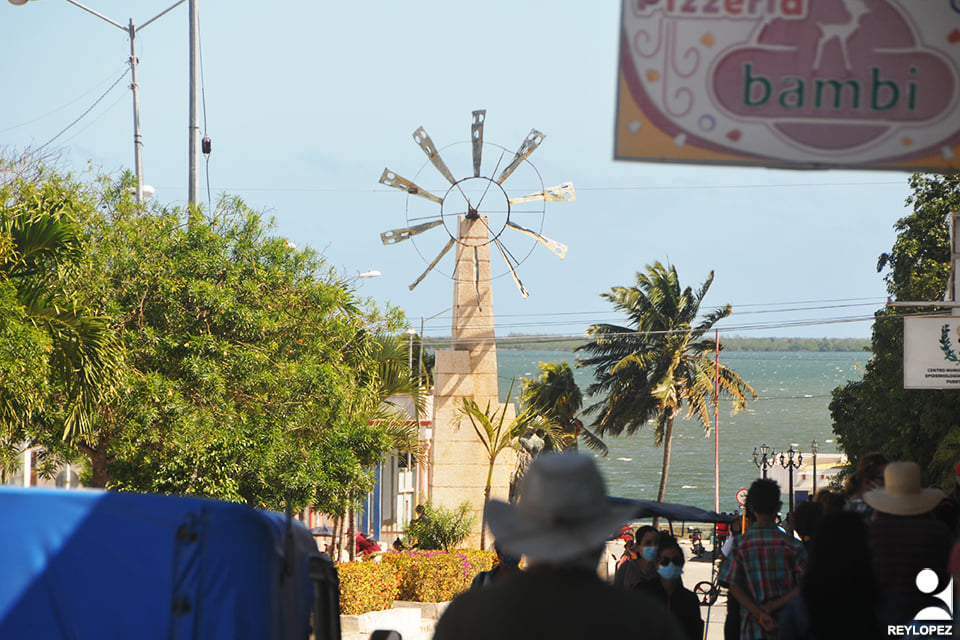
Puerto Padre remains alert to the increased positive cases of the new coronavirus, thus the territory reinforces its system of care for sick patients and suspects.
Puerto Padre, Las Tunas.- On Wednesday, during the daily meeting of the Temporary Group for the Prevention and Control of the COVID-19, it was reported that new capacities for isolation will continue to be created; specifically, the authorities said, on Thursday, July 8, work will begin for the Rigoberto Batista Chapman pedagogical school can function as such. Likewise, the management body emphasized that only multisectoral cooperation will allow the progress of construction actions through the daily check of the work.
The incidence rate of positives per 100,000 Puerto Padre inhabitants for the last 15 days is 46. And, according to local radio reports, the trend is to continue increasing; since more than 20 suspects and almost a hundred contacts are under surveillance. Unlike other stages, suspected patients are now the main source for the detection of new infections.
So far in July, in the second most populous of the Las Tunas municipalities, 12 people have been reported with SARS-CoV-2, a figure that places it in fifth place among its counterparts. However, the Blue Village places third among the territories with most COVID-19 cases since the start of the pandemic, in March 2020.
Like the rest of the province, Puerto Padre adopted more severe measures for limitation of people mobility and restriction of production and service activities to only the essential ones; especially since June 29, when the phase of community transmission of the disease was decreed throughout the country.
However, this Wednesday, its authorities insisted that there will be more control in the transportation of health workers, and they will review the number of passengers on buses. Besides, they stressed that rigor will increase in the integral inspection and with those who violate the established biosafety guidelines.
(With information by Rosa María Ramírez Reyes)





